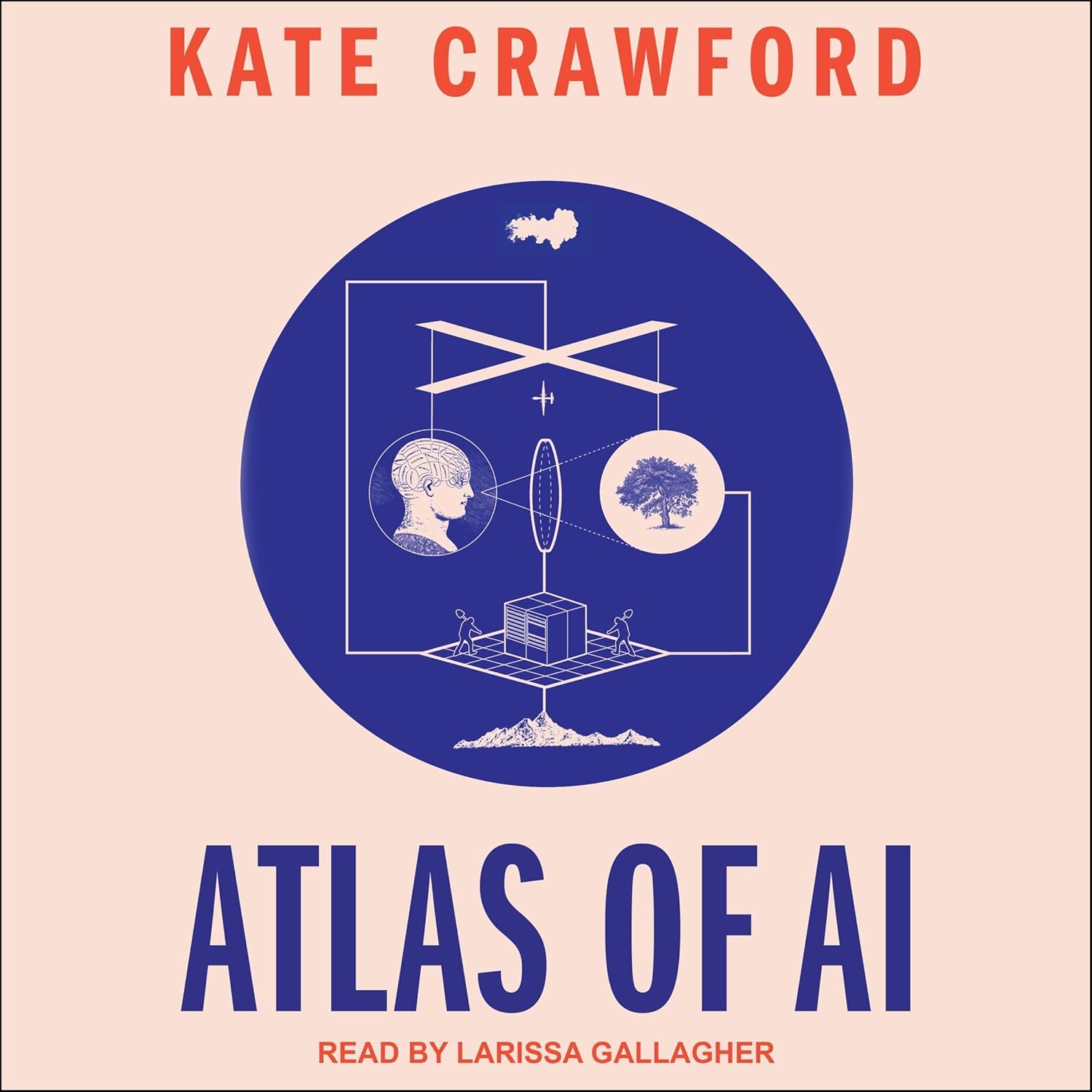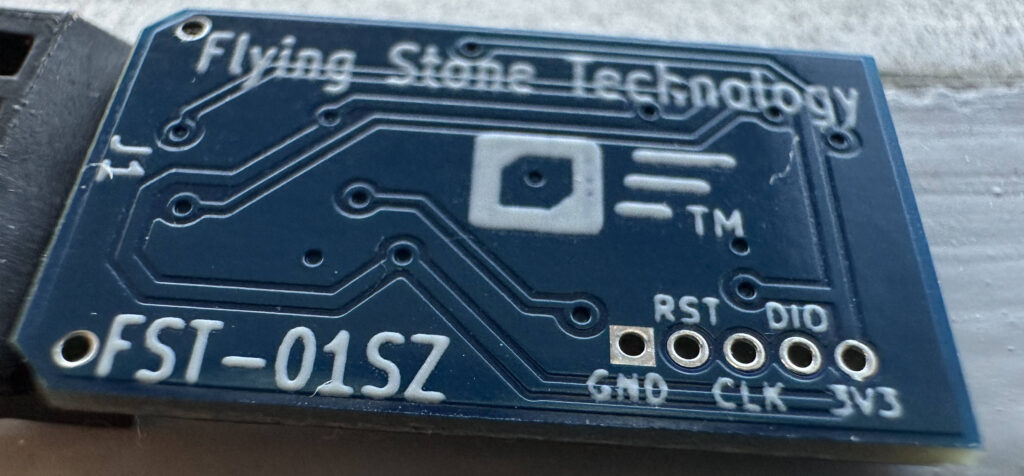Video by via Dailymotion
Source
Sponsored:
Atlas of AI: Power, Politics, and the Planetary Costs of Artificial Intelligence - Audiobook

Uncover the true cost of artificial intelligence.
Listen now, and see the system behind the screens before the future listens to you. = > Atlas of AI $0.00 with trial. Read by Larissa Gallagher
1. Introduction to Mobile App Development
Overview of mobile ecosystems (iOS, Android, Cross-Platform)
Mobile app development lifecycle
Setting up the development environment
2. Programming Fundamentals
Languages: Java, Kotlin (Android) and Swift (iOS)
Cross-platform: Dart (Flutter) or JavaScript (React Native)
Key programming concepts: Variables, loops, functions, and debugging techniques
3. UI/UX Design for Mobile Apps
Principles of mobile UI/UX design
Wireframing and prototyping tools (e.g., Figma, Adobe XD)
Building responsive layouts with XML (Android) or SwiftUI (iOS)
Material Design and Human Interface Guidelines
4. Native App Development (Android and iOS)
Android Basics: Activities, Fragments, and Views
iOS Basics: Storyboards, View Controllers, and SwiftUI
Navigation patterns (Navigation Drawer, Tab Bar)
Integrating device features (Camera, GPS, Sensors)
5. Cross-Platform Development
Introduction to Flutter, React Native, or Xamarin
Writing reusable code for iOS and Android
Hot Reload and debugging
Comparison of native vs. cross-platform performance
6. Back-End Integration
APIs and RESTful services
Introduction to Firebase, AWS Amplify, or custom backends
Database integration: SQLite, Room, or Firebase Firestore
7. Advanced Topics
Push notifications and in-app messaging
Animations and advanced UI effects
Security best practices (Data encryption, OAuth, and HTTPS)
Offline capabilities and data syncing
8. Testing and Debugging
Debugging with IDE tools
Writing unit tests and UI tests
Tools: JUnit, Espresso, XCTest
9. Publishing and Monetization
Preparing apps for app stores (Google Play Store and Apple App Store)
Guidelines for publishing
Monetization strategies: Ads, subscriptions, in-app purchases
10. Capstone Project
Build and deploy a fully functional mobile app
Integrate learned concepts (UI/UX, APIs, backend)
Address
2nd Floor, FIT Computer institute, Al-Mustafa Plaza, near Chandni Chowk, C Block Block C Satellite Town, Rawalpindi, Punjab 46000
03445701828
Overview of mobile ecosystems (iOS, Android, Cross-Platform)
Mobile app development lifecycle
Setting up the development environment
2. Programming Fundamentals
Languages: Java, Kotlin (Android) and Swift (iOS)
Cross-platform: Dart (Flutter) or JavaScript (React Native)
Key programming concepts: Variables, loops, functions, and debugging techniques
3. UI/UX Design for Mobile Apps
Principles of mobile UI/UX design
Wireframing and prototyping tools (e.g., Figma, Adobe XD)
Building responsive layouts with XML (Android) or SwiftUI (iOS)
Material Design and Human Interface Guidelines
4. Native App Development (Android and iOS)
Android Basics: Activities, Fragments, and Views
iOS Basics: Storyboards, View Controllers, and SwiftUI
Navigation patterns (Navigation Drawer, Tab Bar)
Integrating device features (Camera, GPS, Sensors)
5. Cross-Platform Development
Introduction to Flutter, React Native, or Xamarin
Writing reusable code for iOS and Android
Hot Reload and debugging
Comparison of native vs. cross-platform performance
6. Back-End Integration
APIs and RESTful services
Introduction to Firebase, AWS Amplify, or custom backends
Database integration: SQLite, Room, or Firebase Firestore
7. Advanced Topics
Push notifications and in-app messaging
Animations and advanced UI effects
Security best practices (Data encryption, OAuth, and HTTPS)
Offline capabilities and data syncing
8. Testing and Debugging
Debugging with IDE tools
Writing unit tests and UI tests
Tools: JUnit, Espresso, XCTest
9. Publishing and Monetization
Preparing apps for app stores (Google Play Store and Apple App Store)
Guidelines for publishing
Monetization strategies: Ads, subscriptions, in-app purchases
10. Capstone Project
Build and deploy a fully functional mobile app
Integrate learned concepts (UI/UX, APIs, backend)
Address
2nd Floor, FIT Computer institute, Al-Mustafa Plaza, near Chandni Chowk, C Block Block C Satellite Town, Rawalpindi, Punjab 46000
03445701828


